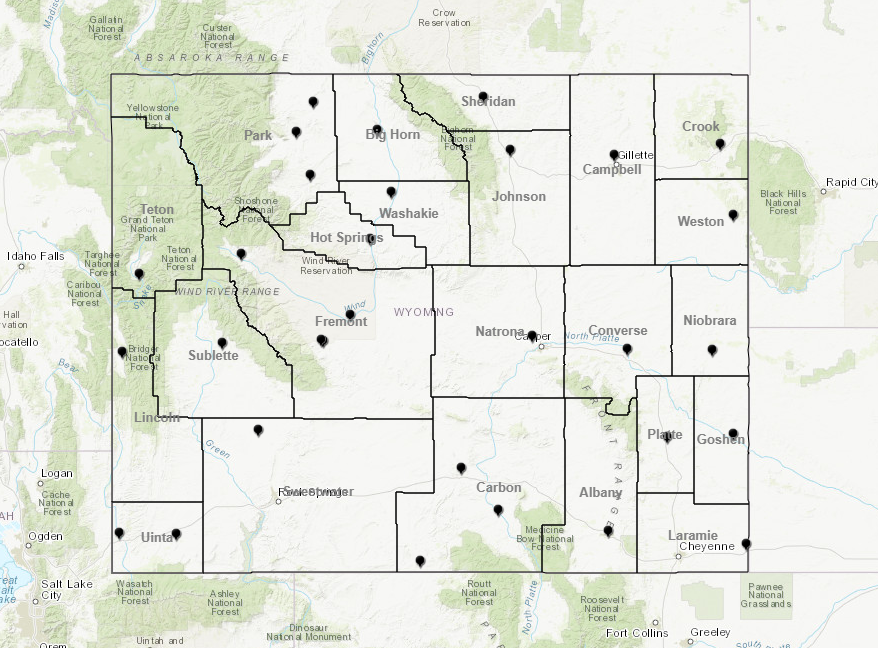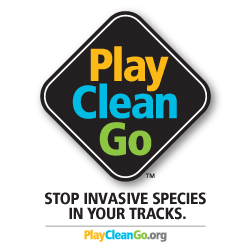STATEWIDE NOXIOUS WEED PANEL DISCUSSION 2020
DESIGNATION OF CHEATGRASS
Participants included multiple state and local agencies, extraction industry representatives, agriculture industry representatives, Weed and Pest Districts, and others.
PROS
CONS
Large portions of the state are cheatgrass free and we have an opportunity to protect these ecosystems & agricultural systems.
Management & treatment options are limited but more are available now than in the past.
There is widespread agreement that cheatgrass is a serious threat. Partners are willing to engage on landscape scale programs that could have large positive impacts.
Awareness levels of invasive annual grasses are high.
Native and agriculture ecosystems are under direct threat and being proactive is important.
Cheatgrass has brought attention to invasive species management challenges of all types.
Listing as a state designated species could bring in more funding though various grant opportunities.
Listing cheatgrass as a state designated species would not directly impact the state seed law as they operate under separate lists.
Many agencies already have cheatgrass management programs.
Long term successful reclamation could be costly & designation may impact bond releases for reclamation activities.
Cheatgrass free seed can be difficult & expensive to acquire for reclamation/restoration projects.
Producing cheatgrass free seed is challenging & expensive for growers.
Accomplishing an effective treatment program can be onerous for private landowners/lessees without funding through landscape scale programs.
Listing (designated or state seed list) may have negative financial impacts on seed growers.
Landscape scale management with mulitiple federal, state and local partners can be challenging.
Listing as a state designated weed would have major impacts on state agency budgets.


